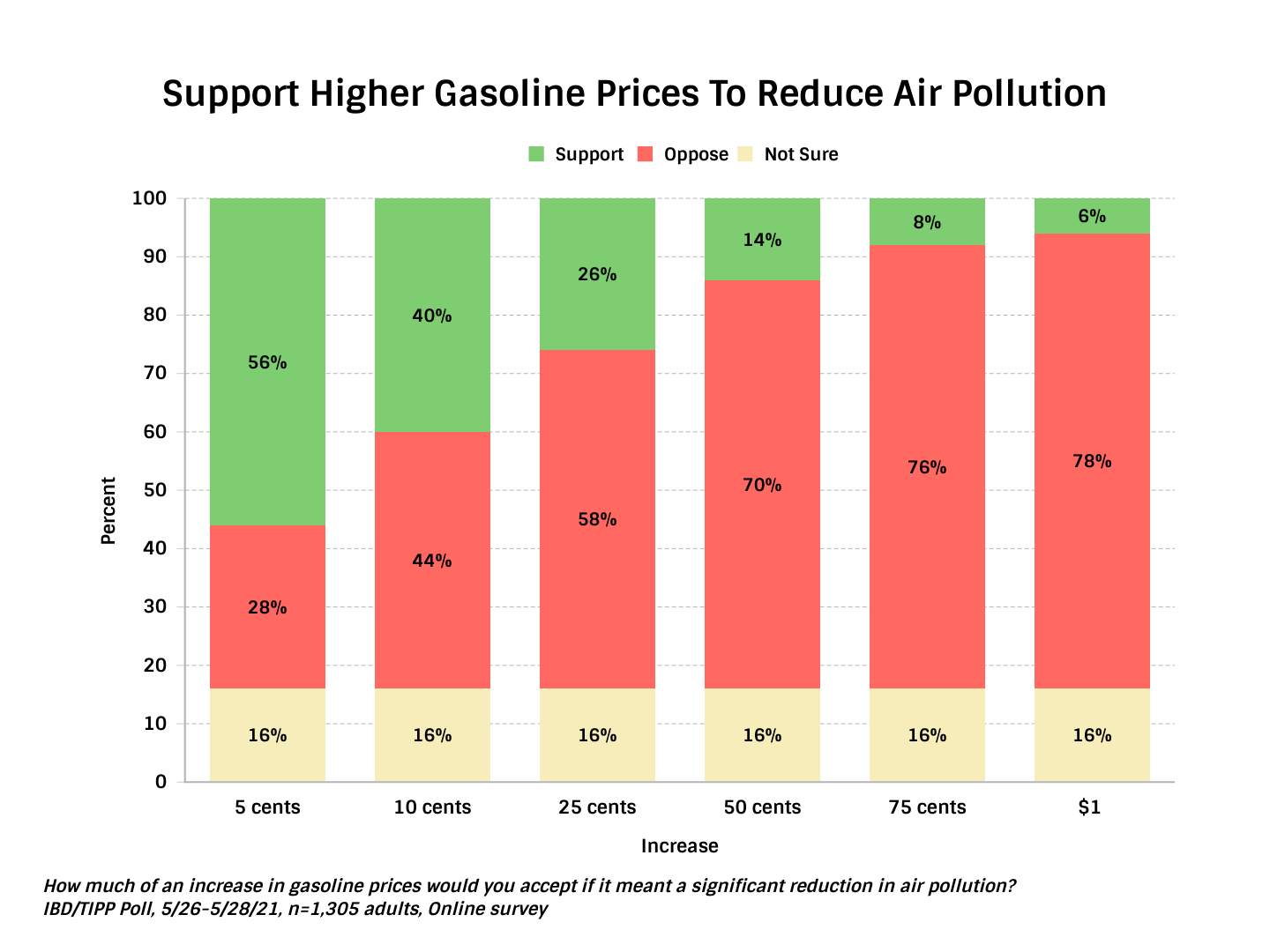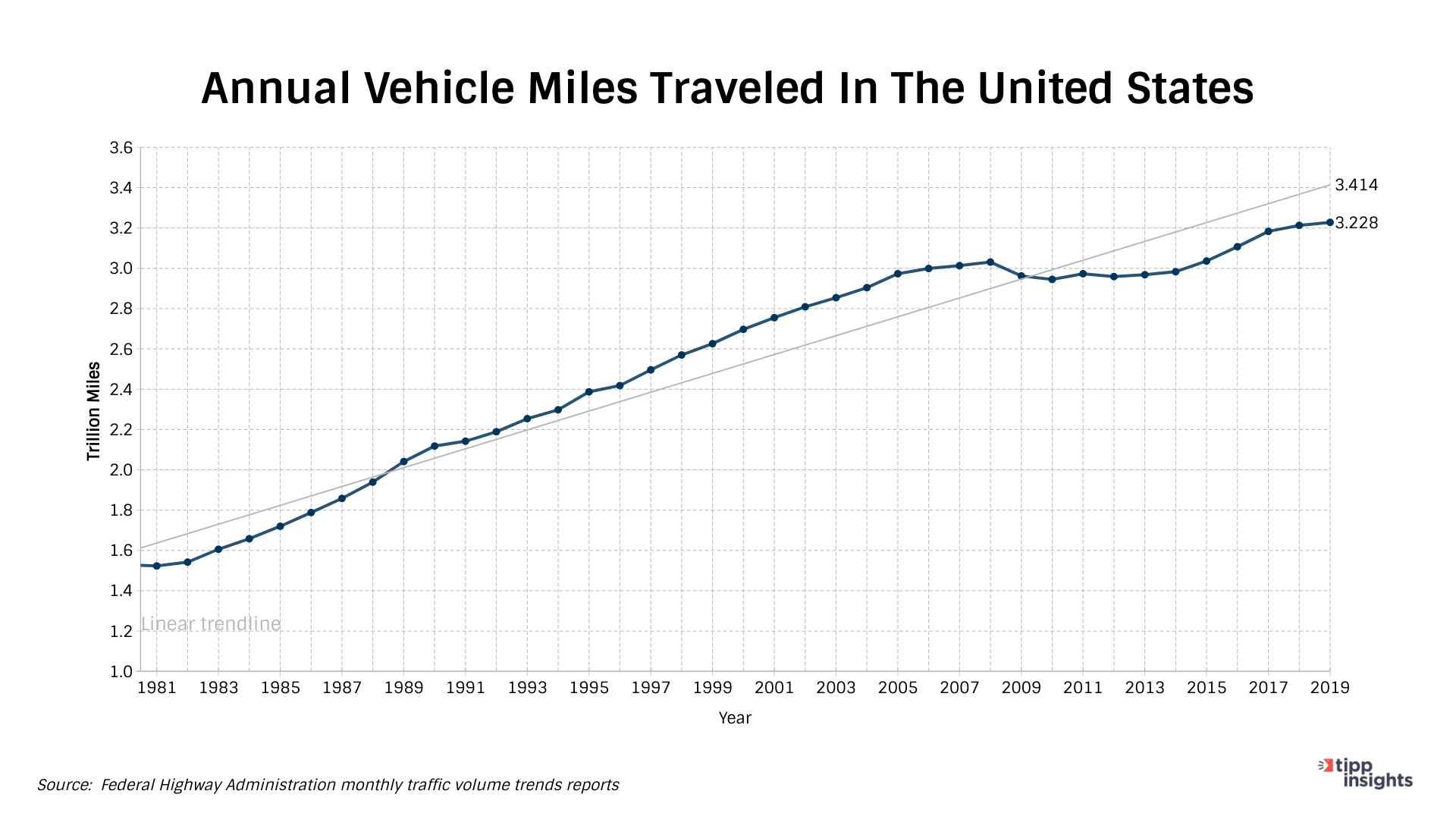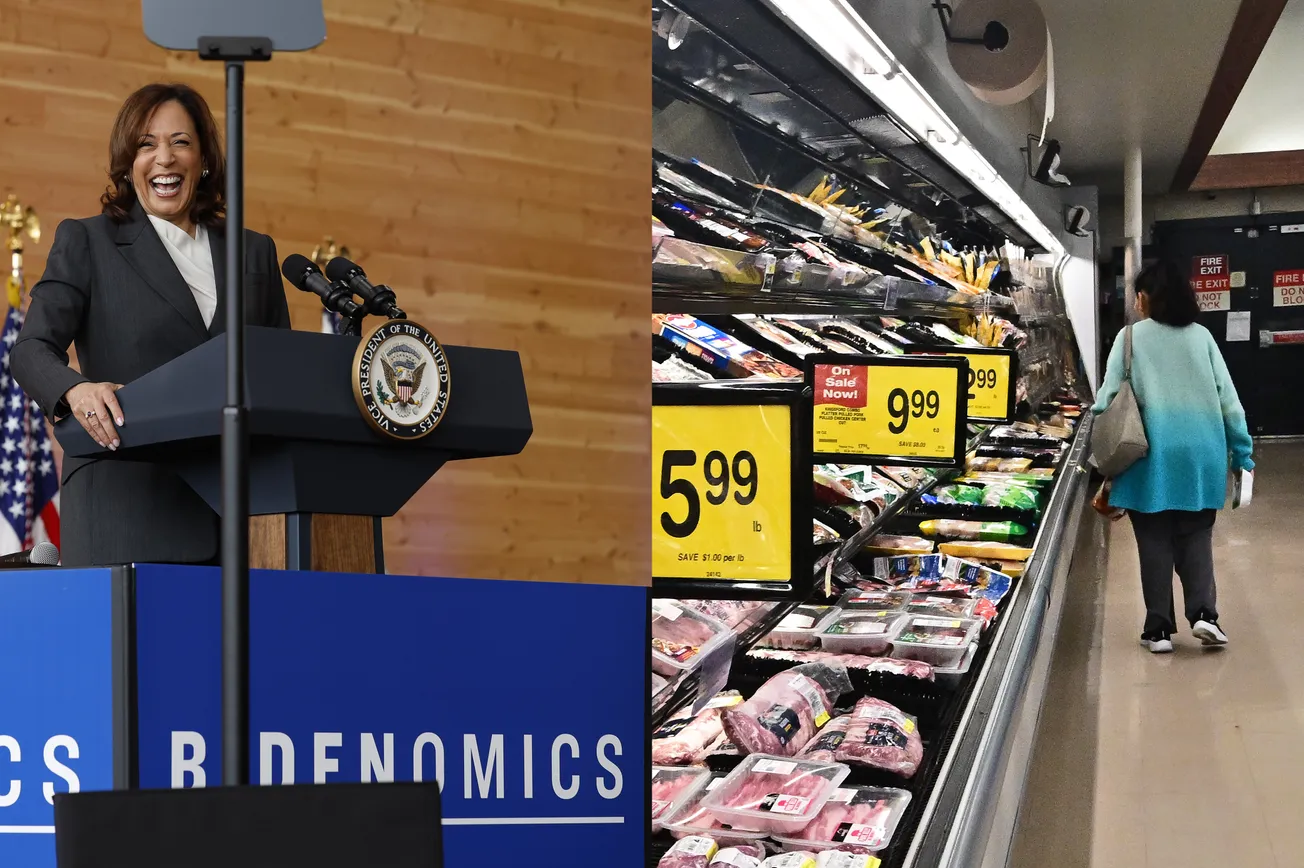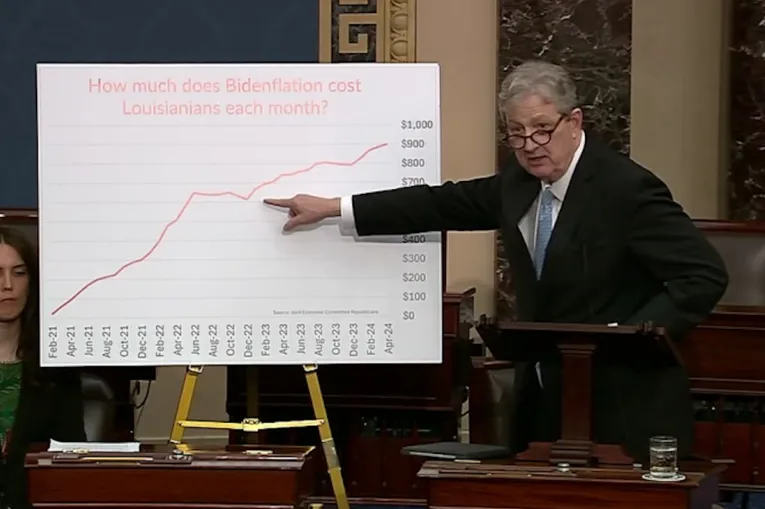According to the U.S. Energy Information Administration, “In 2020, about 123.49 billion gallons of finished motor gasoline were consumed in the United States, an average of about 337 million gallons per day.”
If you find those numbers staggering, take a minute to fully appreciate that it is the lowest recorded annual consumption since 1997! With travel restrictions in place on account of the pandemic, gasoline consumption took a nosedive last year.
It is a known and generally accepted fact – fossil fuel emissions contribute considerably to greenhouse gases. Many believe that they contribute significantly to climate change.
Now, here's an idea or proposition that has the potential to change the game: increasing the price of gasoline, the primary polluter, to fund pollution-reduction measures.
The question is: are customers willing to pay a few cents extra at the gas station? The Investor's Business Daily/TIPP Poll asked 1,305 Americans how much of an increase they are willing to bear if it means a significant reduction in air pollution.
The data reveals that more than half would be willing to pay five cents more, but more than a quarter are opposed to any addition to the prices. In general,
- 56% support a five cents increase to reduce air pollution
- 28% oppose a five cents increase for environmental benefits
- 16% are undecided
Not surprisingly, the survey found an inverse relationship between proposed price increases and support for the idea: larger the increase – fewer willing Americans. Only a handful was willing to pay around a dollar, though forty percent agreed to a 10 cent raise.
- 56% - 5 cents
- 40% - 10 cents
- 26% - 25 cents
- 14% - 50 cents
- 8% - 75 cents
- 6% - 1 dollar

With the staggering volume of consumption, even an increase of a few cents in gasoline prices can add up to billions of dollars in a year. Revenue from the additional cents could improve mass transit systems, build renewable energy infrastructure such as charging stations for EVs, boost R&D in alternative clean energy sources such as hydrogen, and create jobs in the renewable energy sector.
Americans’ love for road trips has been steadily climbing over the years. An IBD/TIPP Poll conducted in late May found that 75% of those traveling this summer will do so in cars. On average, Americans drive around 13,400 miles per year. That adds up to approximately 3.4 trillion miles annually!

While hiking gasoline prices to deter driving will not go down well with motorists, investing the revenue generated to offset the emission problem may find traction with many.
Some states like California have already implemented “special gasoline requirements that increase the cost of refining and transportation, and other programs designed to reduce smog and haze,” leading to higher than the national average gasoline prices in the state.
While the environmental problem may seem overwhelming, progress is being made in addressing it. The U.S. has cut greenhouse gas emissions by about 12 percent since 2005.
Various stakeholders in transportation and allied sectors are putting forward proposals to cut CO2 emissions from vehicles, with comprehensive plans to achieve the set goals.
The Transportation and Climate Initiative (TCI) is one such initiative bringing together Northeast and Mid-Atlantic states “to improve transportation, develop the clean energy economy and reduce carbon emissions from the transportation sector.” Plans that bolster the use of electric vehicles by developing EV Fast Charging Corridors in the region will further popularize alternatives to fossil fuels. By working together, these states propose “to cut greenhouse gas emissions from motor vehicles in the region by an estimated 26% from 2022 to 2032.”
With systematic planning and upgraded infrastructure, such goals are achievable. With enthusiastic participation from all stakeholders, administrations, and communities, such initiatives can contribute significantly to the planet's longevity.
Half the pleasure of a road trip is the breathtaking beauty of the landscape that is whizzing past. To ensure that the planet remains beautiful, each of us will have to contribute in one way or another. It just might start with shelling out a few more cents at the gas pump!









